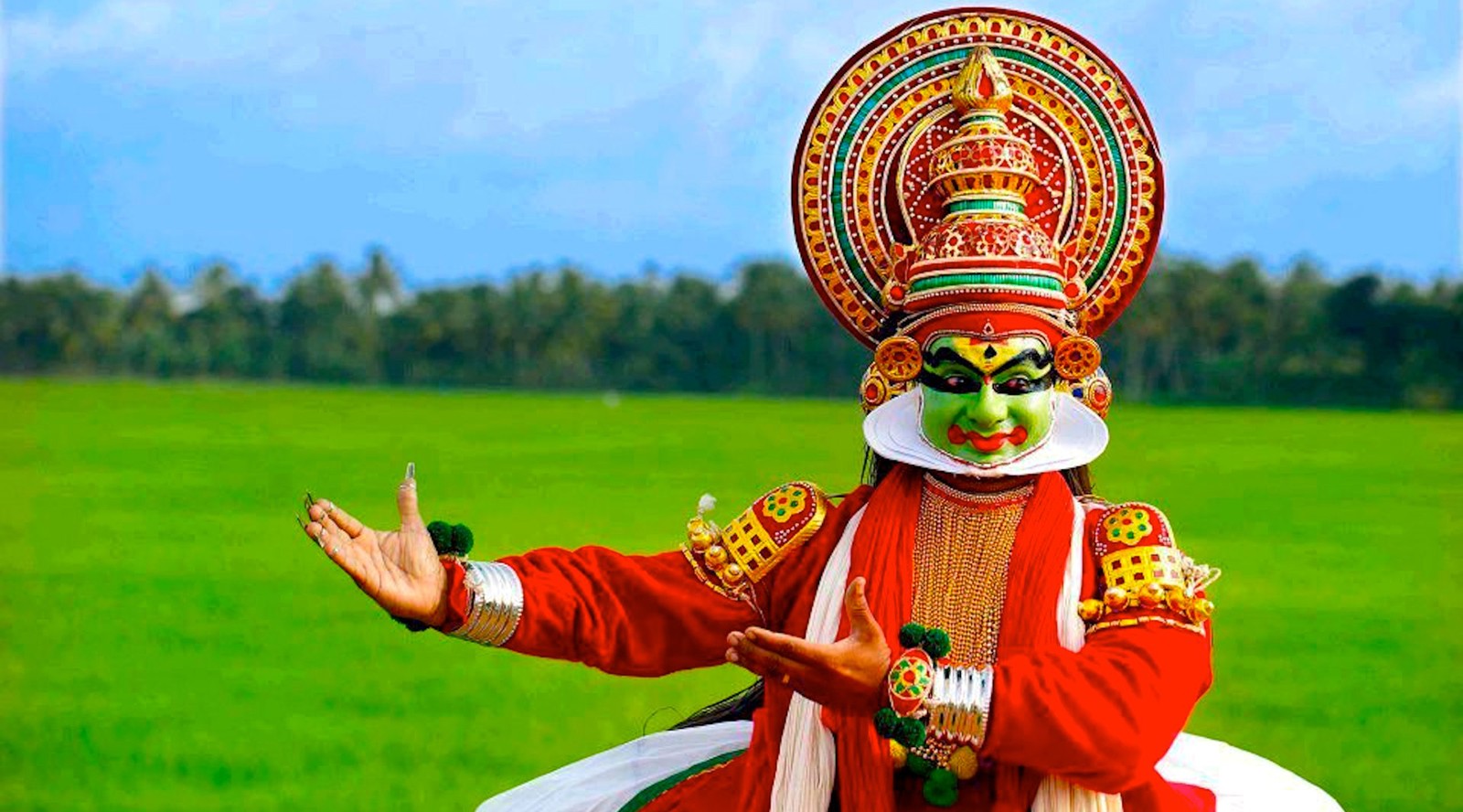IngredientsCoconuts grow in abundance in Kerala, and consequently, coconut kernel, (sliced or grated) coconut cream and coconut milk are widely used in dishes for thickening and flavoring. Kerala’s long coastline, numerous rivers and backwater networks, and strong fishing industry have contributed to many sea and river food based dishes. Rice and cassava (Tapioca) form the staple food of Kerala. All main dishes are made with them and served along with Kootan; the side dishes which may be made from vegetables, meat, fish or a mix of all of them. The main dish for lunch and dinner is boiled rice. The Kerala breakfast shows a rich variety; the main dishes for which are made from rice flour, or fresh or dried cassava. Owing to the weather and the availability of spices, the Kerala cuisine is richly spicy especially the hot ones -chili, black pepper, cardamom, cloves, ginger, and cinnamon. Historical and cultural influencesFor over 2000 years, Kerala has been visited by ocean-goers, including traders from Greece, Rome, the eastern Mediterranean, Arab countries, and Europe (see History of Kerala). Thus, Kerala cuisine is a blend of indigenous dishes and foreign dishes adapted to Kerala tastes. Spices in Kerala CuisineAs with almost all Indian food, spices play an important part in Kerala cuisine. The main spices used are cinnamon, cardamom, ginger, green and red peppers, cloves, garlic, cumin seeds,coriander, turmeric, and so on. Few fresh herbs are used, unlike in European cuisine, and mainly consist of the commonly used curry leaf, and the occasional use of fresh coriander and mint. While Tamarind and lime are used to make sauces sour in North Malabar areas; the Travancore region uses only kodampuli (Garcinia cambogia), as sour sauces are very popular in Kerala. Sweet and sour dishes are however, rare, but exceptions like the ripe mango version of the pulissery and tamarind-jaggery-ginger chutney known as puliinji or injipuli which is also known as Sou Ginger are popular.
|
